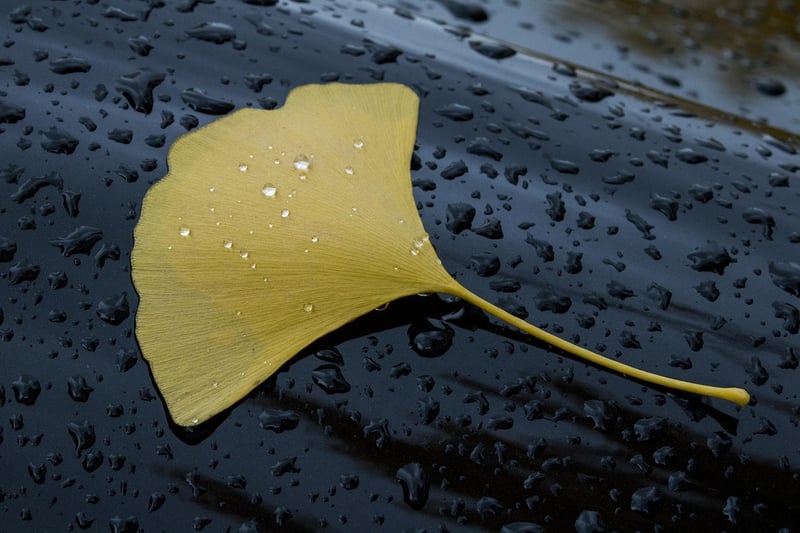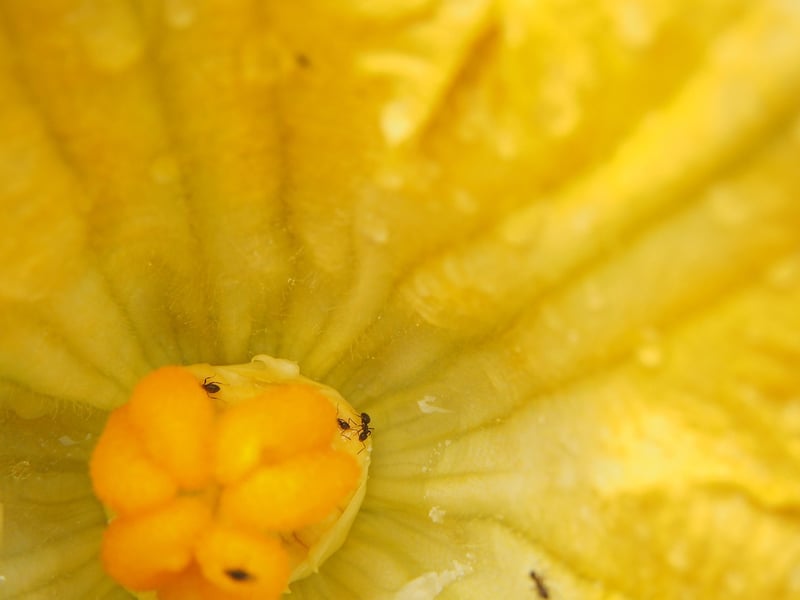Rainwater Harvesting
Environmentally Conscious Practices: Rainwater Harvesting

As awareness of environmental issues grows, more people are turning to sustainable practices to reduce their carbon footprint and conserve natural resources. One such practice that has gained popularity in recent years is rainwater harvesting.
What is Rainwater Harvesting?
Rainwater harvesting is the process of collecting and storing rainwater that falls on rooftops, driveways, and other surfaces. This collected rainwater can then be used for various purposes, such as watering gardens, flushing toilets, and even for drinking (after proper filtration).
Benefits of Rainwater Harvesting
- Conserves water resources by reducing the demand on mains water supply
- Reduces water bills for households and businesses
- Helps prevent soil erosion and flooding by reducing runoff
- Provides a source of water during droughts or water restrictions
- Promotes self-sufficiency and sustainability
How to Harvest Rainwater
There are several methods for harvesting rainwater, including:
- Installing a rain barrel connected to a downspout to collect water for gardening
- Setting up a larger storage tank to capture rainwater for household use
- Implementing a rooftop harvesting system with gutters and pipes to direct water into a storage tank
Conclusion
Rainwater harvesting is a simple yet effective way to reduce water consumption, save money, and contribute to a more sustainable future. By incorporating this practice into our daily lives, we can make a positive impact on the environment and help preserve precious water resources for future generations.
Embrace rainwater harvesting today and be a part of the solution towards a greener tomorrow!
